An Interview with Mary Crauderueff and David Satten-López
Introduction
Haverford College’s Quaker and Special Collections has begun a new project named “Manumitted: The People Enslaved by Quakers.” David Satten-Lopez is the Anne T. and J. Morris Evans Post-Baccalaureate Fellow at Quaker Collections. He has mostly focused on these manumission documents and on digitizing Rufus Jones’s papers. As curator of the Quaker Collections, Mary Crauderueff does everything from working with researchers to working with donors to collect, describe, and organize materials; she also works with student workers and with Quaker institutions whose records are at the library.
Martin Kelley: What exactly is a manumission paper? What does it do? Also, what does an actual manumission paper look like?
David Satten-López: A manumission is a legal document that promises to free someone who is enslaved. In this context, we’re talking about American chattel slavery. Manumission has existed in many different forms of slavery, generally referring to the freeing of an enslaved person. But in this context, it’s specifically in the Americas with stolen African people.
Manumissions are often standard sizes of paper, maybe half sheets at times. It might be a normal-sized piece of paper with two manumissions, one on the top and another on the bottom.
They are promising to free someone, either immediately or in the future. There aren’t a lot of details on whether that promise was ever fully completed or not. These records were turned over to the yearly meetings and the quarterly meetings, which is why we have them. And so at least in that regard, there was some sort of process that Quaker members would go through, in order to demonstrate to their meeting that they were in agreement with the rules.
Manumissions often are formulaic and sometimes are even fill-in-the-blank. Because it’s a legal document, there are protocols that need to be on the document in order for it to have legal standing both for the meeting—to be able to clearly understand what happened—and for the person who was being freed.
MK: So the manumissions you have are specifically for the larger Quaker bodies’ records. Can you tell us a little bit about that, about the yearly meeting requiring that Friends disinvest themselves from slavery?
DS-L: A lot of times, I think the motivation for slaveholders to free their slaves was not necessarily out of a eureka moment that slavery is wrong; it often seems to have been out of social pressure. Being in good standing with their meetings was important to these people.
Slaveholders would manumit people because they wanted to be in good standing with their meetings. At least from my understanding, it sounds like slaveholders could still worship with their meetings but just not be in good standing. So then what is the big deal if you’re not in good standing? But that was important to these people; they wanted to be in good standing.
The way that Quakers get to owning slaves being a disownable offense is a long route; it takes a meeting a long time to identify something as disownable. We have epistles sent to various meetings that denounce the slave trade but not slaveholding. There are debates in meetings’ minutes over these epistles that are passed, but they don’t necessarily bear on members’ actions for a while.
So it is a gradual, slow process for Quakers to eventually get to the point where slaveholding becomes a disownable offense. Often scholars believe it was out of a desire to be unified. As a minority in the Protestant Americas and feeling marginalized themselves, Quakers did not want to cause a rift with slaveholding Quakers in the South or slaveholding Quakers in the Mid-Atlantic or slaveholding Quakers in the Caribbean.
Mary Crauderueff: One of the things that we looked at in the project was when the people would be released, not just the dates of the manumissions themselves. There was a way of extending the enslavement by saying, for example: this person is five, and we’ll free them when they’re 18 or when they’re 21. So you actually find that Quakers were enslaving people longer than 1776, when a minute was passed by Philadelphia Yearly Meeting indicating one could not be an enslaver and a member in good standing.
An original paper of manumission from the Quarterly Meeting of Philadelphia, 1786. Images courtesy of Haverford College Quaker & Special Collections.
MK: We’ve got a lot of well-known Quaker families in these documents: Thomas, Evans, Pemberton, Shoemaker, Mifflin, Bacon, Wharton. It makes sense that the slaveholding families would be some of the more prominent members of Quakers. But later generations of these went on to help support various Quaker institutions, like Friends Journal and Haverford College.
MC: It’s hardly a surprise that some of the same families still participate in a lot of philanthropy around Quaker and non-Quaker things because they’ve had this generational wealth behind them. There are a lot of Haverford College-related families on these lists as well. That is something for people involved in Quaker institutions today to look at.
And so that is also part of the legacy. At Haverford, we’re celebrating the student strike that happened a year ago, which was about racism in many different forms on campus. Whose land was this? Where did the money come from to found the college? This is something that is at the top of folks’ minds right now.
Having been raised a Quaker, I’ve seen a lot of emphasis on how early Quakers became antislavery, pointing to the 1688 Germantown protest. Jumping to a hundred years later, the yearly meeting said that you could be disowned for being an enslaver. It’s not that nothing really happened in those hundred years: there were real people that Quakers did harm to.
MK: That hundred years is a long time if you’re generations of a slave-held family.
MC: Exactly, exactly.
MK: And we have quite the reputation. On places like Twitter, we’re often praised as great abolitionists. Every once in a while a Friend will respond back to point out that Quakers were doing a lot of slaveholding before that. There’s been a couple centuries of emphasizing that abolitionist part without mentioning the slaveholding, but the change is happening.
MC: And I want to give a nod to Fit for Freedom, Not for Friendship because I think that book was a foundational piece of scholarship that pushed the edge of Quaker scholarship into acknowledging a lot. There has been a shift in Quaker scholarship because of that book and because of the work of its authors, Vanessa Julye and Donna McDaniel. Haverford College held these manumission papers for a long time before examining them was seen as necessary work.
MK: Do you want to talk about any of the outreach you’ve done, or is it still too early to want to share that?
MC: I can say that we are intensely grateful to have community participation in this site. This is really the ground floor of research. We want the project to be seen as co-created with other people.
Friends like Avis Wanda McClinton have given tremendous feedback in terms of how we can do better. I’ll just give an example of that: the original name of the project was “Manumitted: The People Enslaved by Friends.” Avis told us that non-Quakers might not realize that “Friends” in the title refers to Quakers. She suggested renaming the subtitle to “The People Enslaved by Quakers.” And we agreed, absolutely. And so we’re really appreciative; that’s just one example of many.
We have gained a lot from that conversation and others, and we’d like to continue talking about the work. There was someone from Abington (Pa.) Meeting, for instance, who said that the meeting needed a list of all the people from Abington who were slaveholders, so that they could start examining themselves and think about repair and reparation. That is a tremendously important piece of this. There’s a lot more to come; things are in the works.


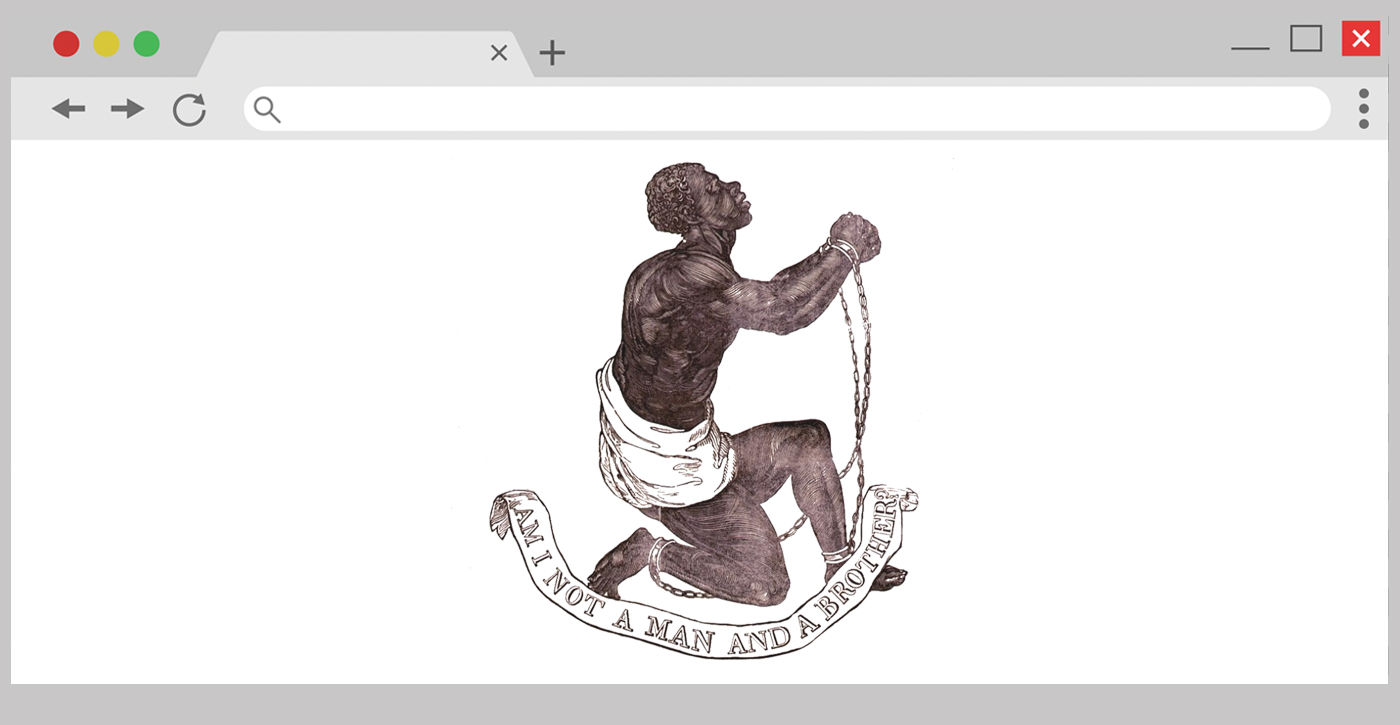
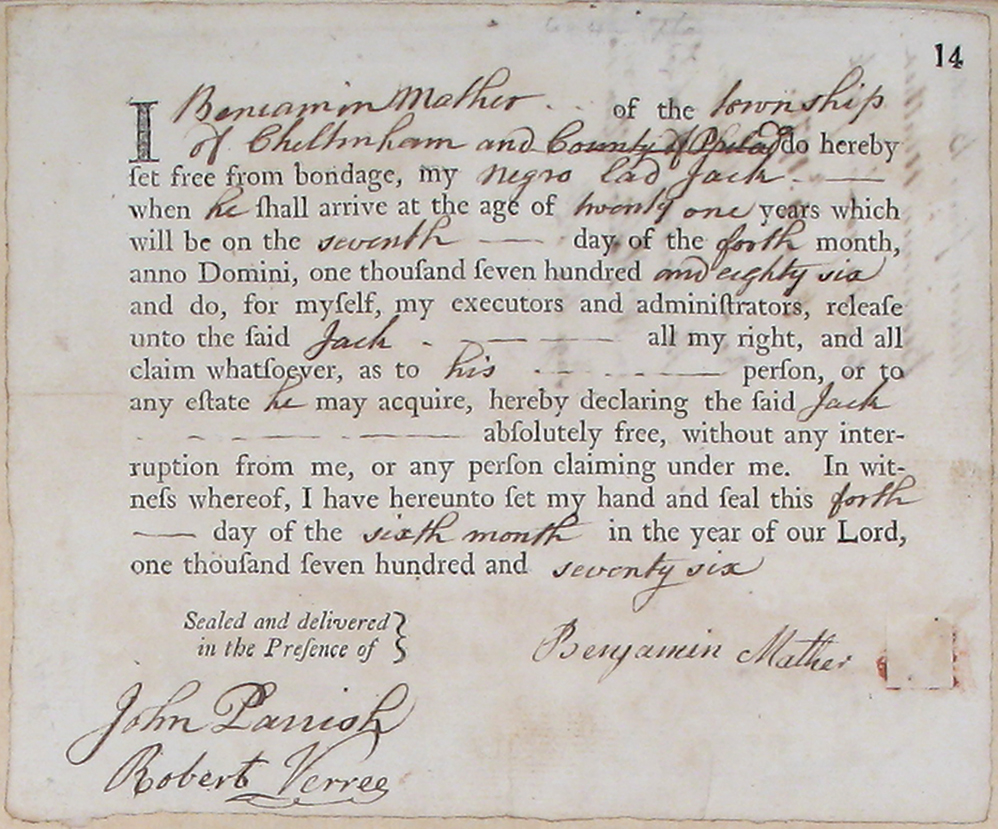
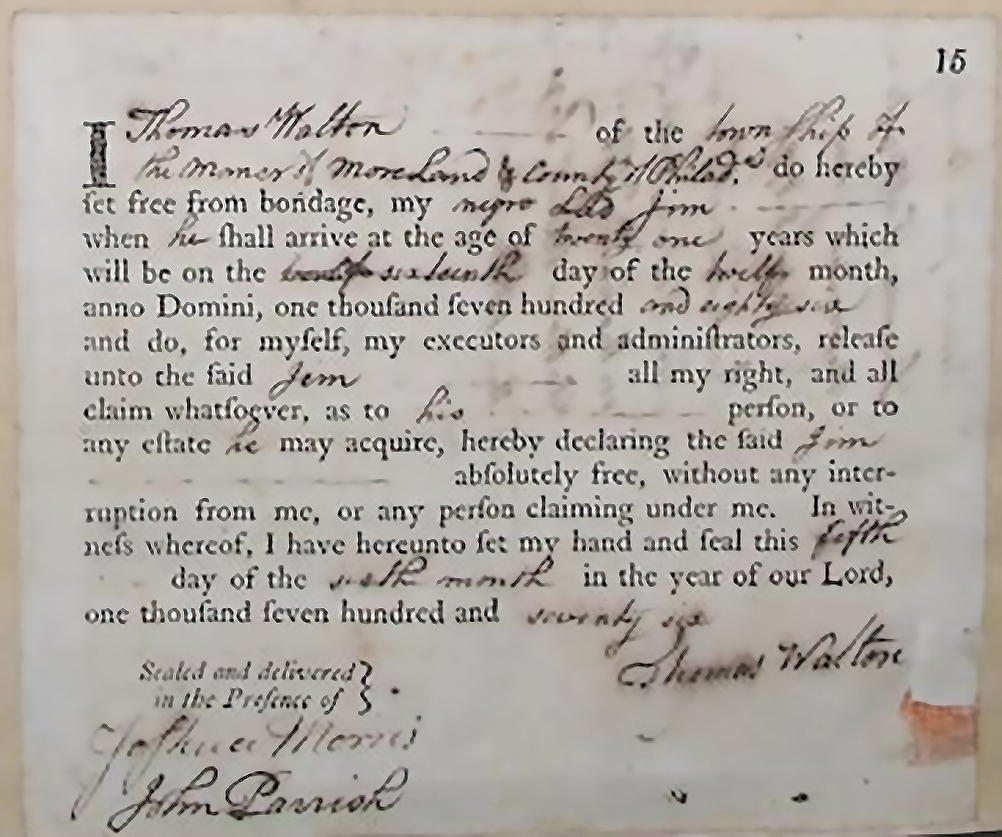
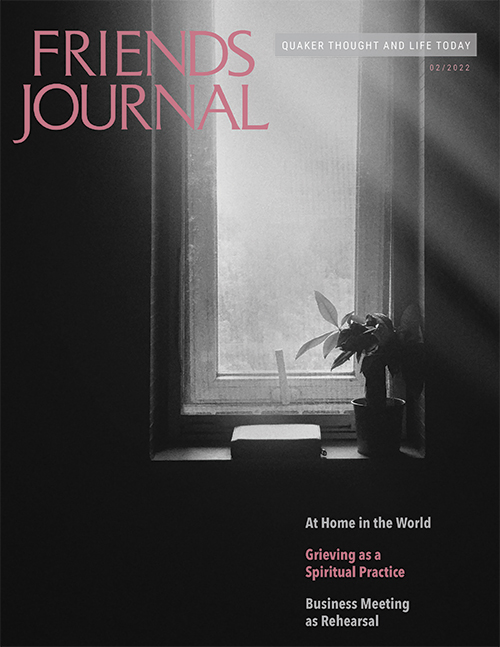
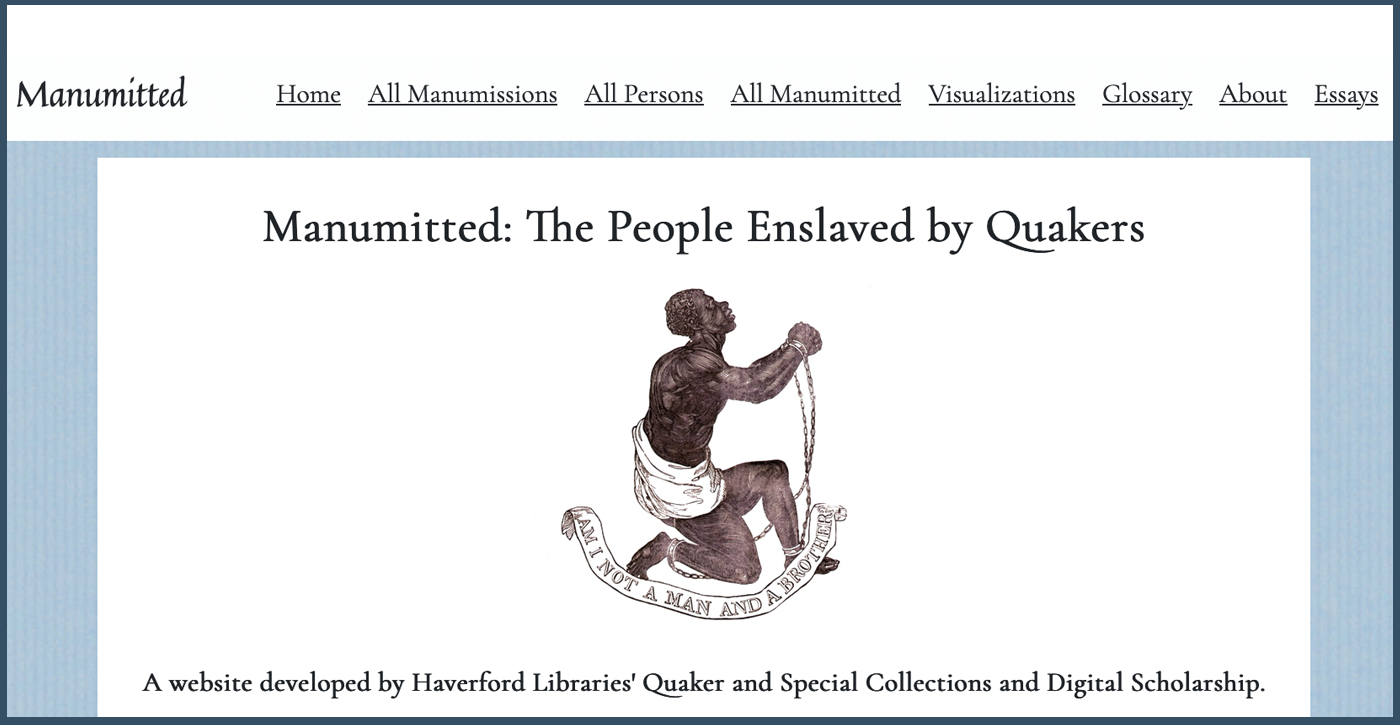
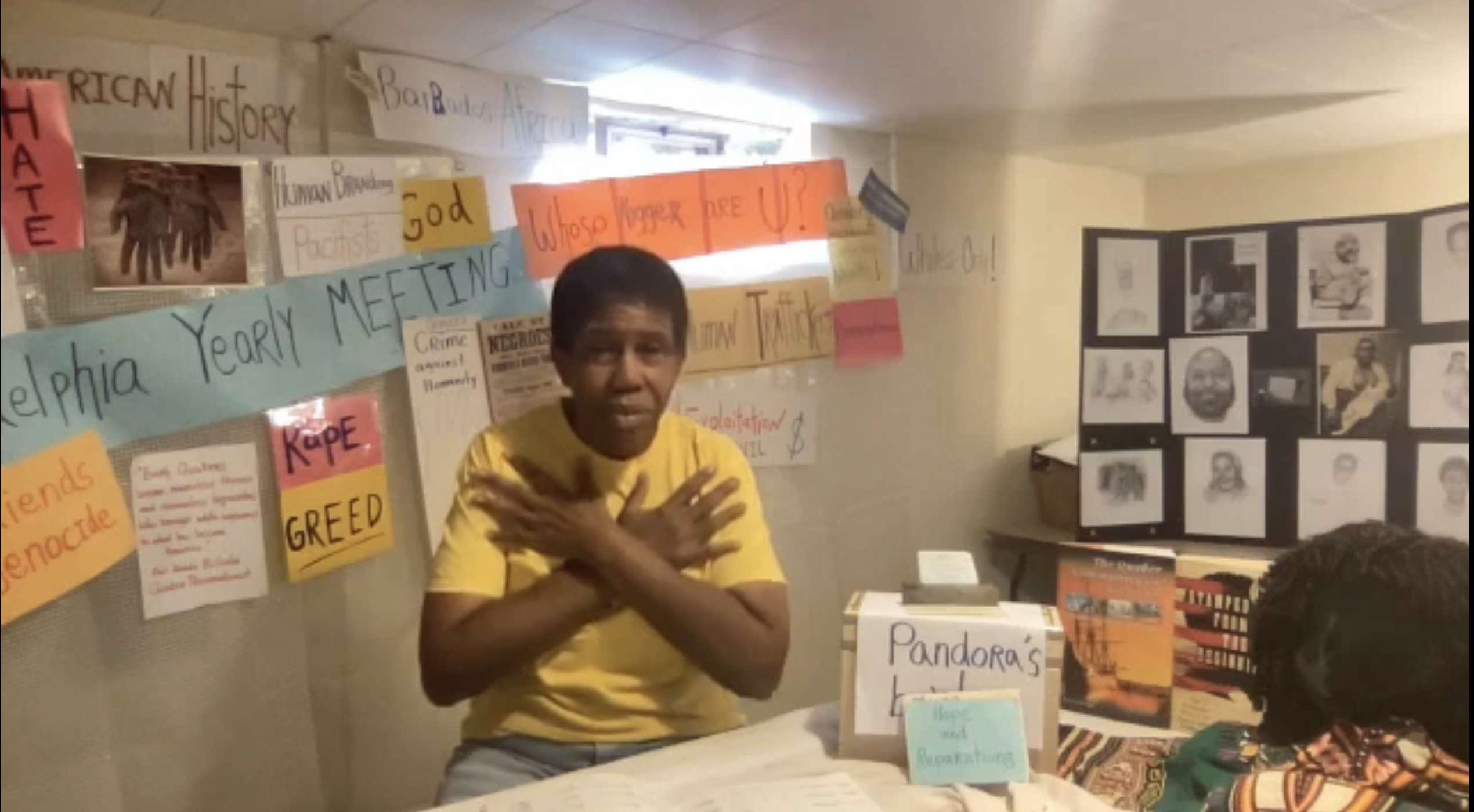
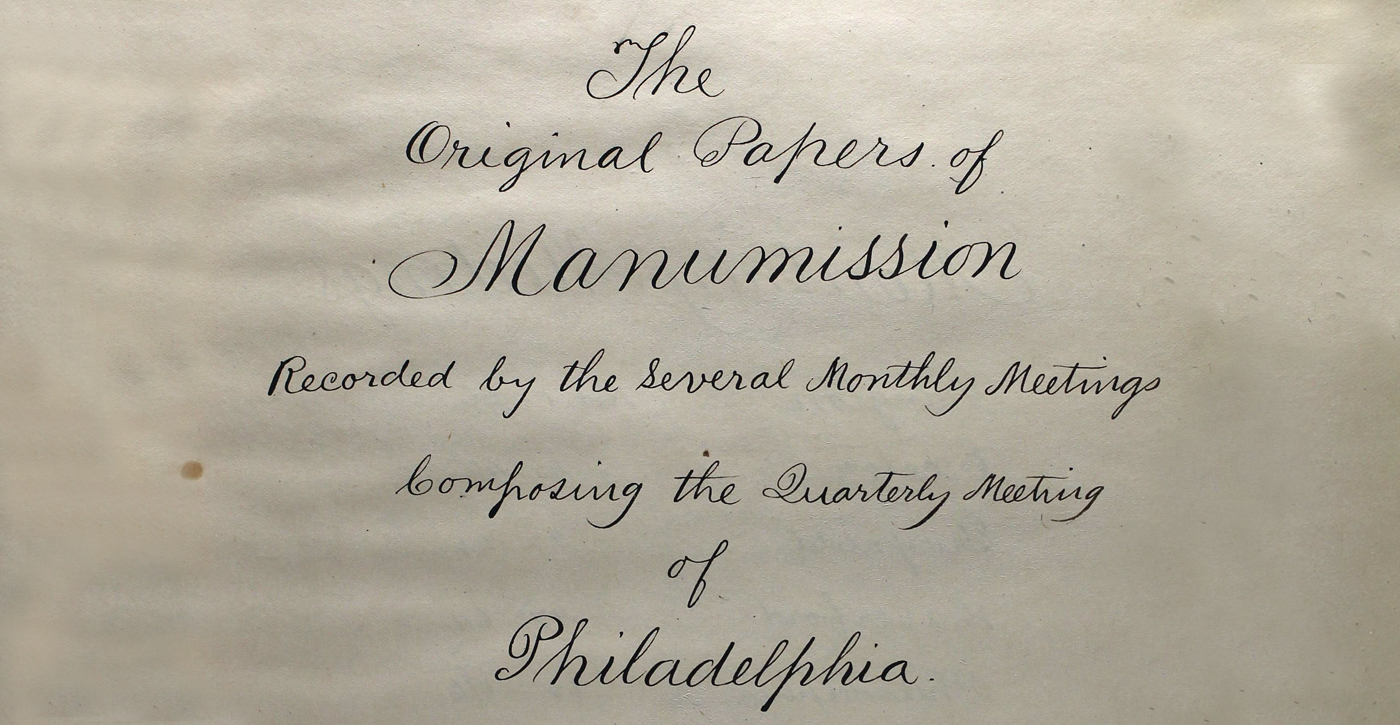
Is there any way I could secure a copy of Birdsall’s essay on the Creek Meeting? This was mentioned during the zoom lecture “The 339 Manumissions and Beyond Project” presented last weekend by Barnegat Friends on October 15.
My husband and I live in the Hudson Valley and are involved in a project entitled Oh, Freedom! Bicentennial of Emancipation from Slavery in New York State 2027. Nine Partners Meeting plays an important part of our research and this essay is linked to Nine Partners and we want to make sure it is included in our study.
We would appreciate any information you can provide.